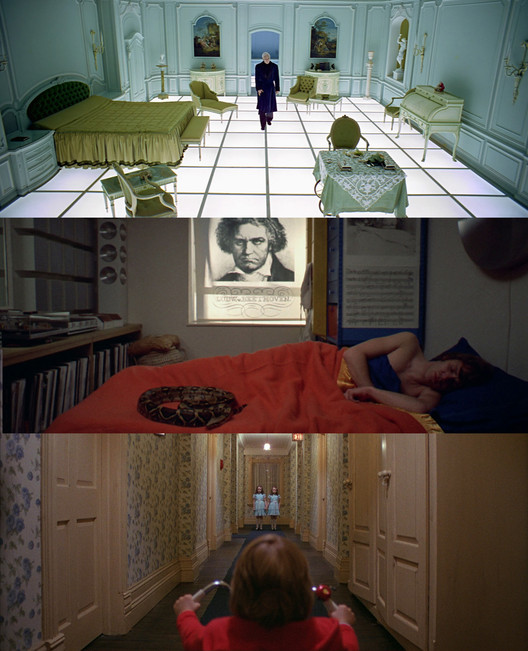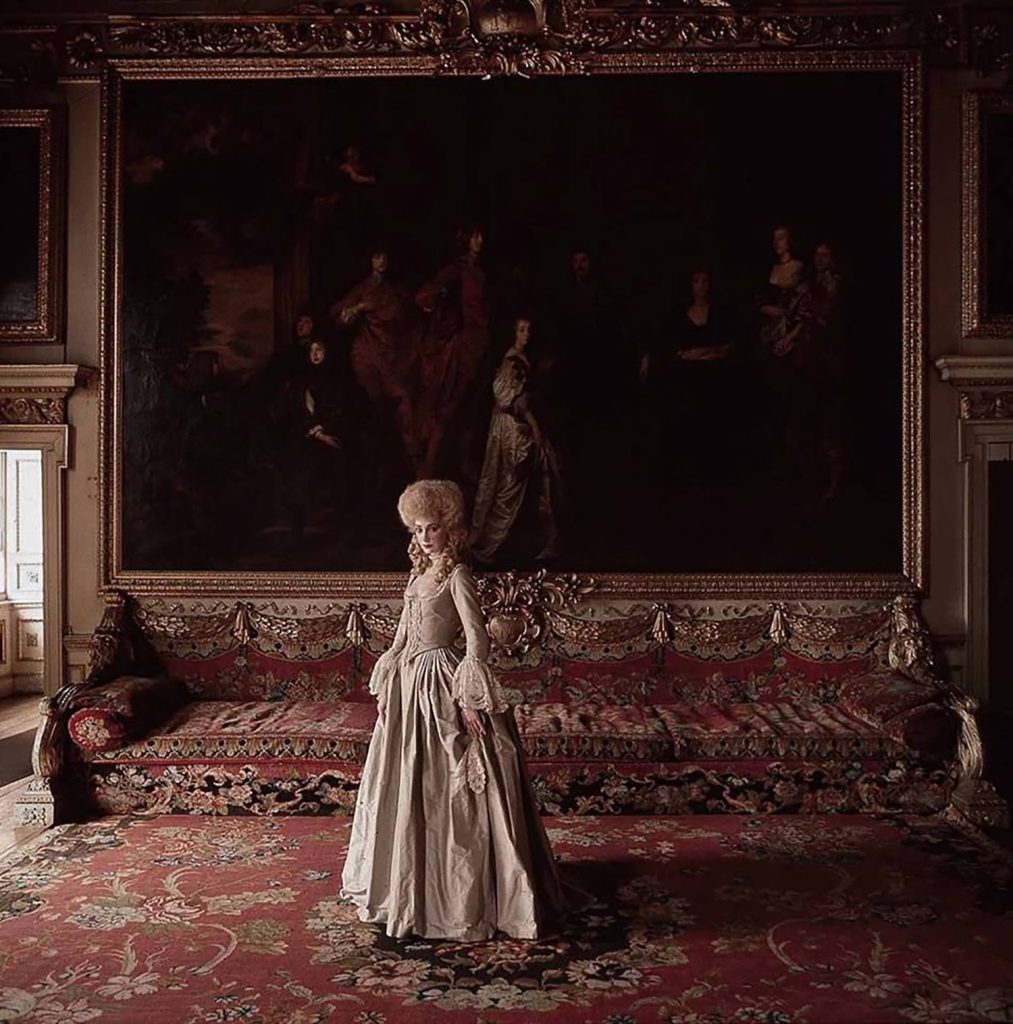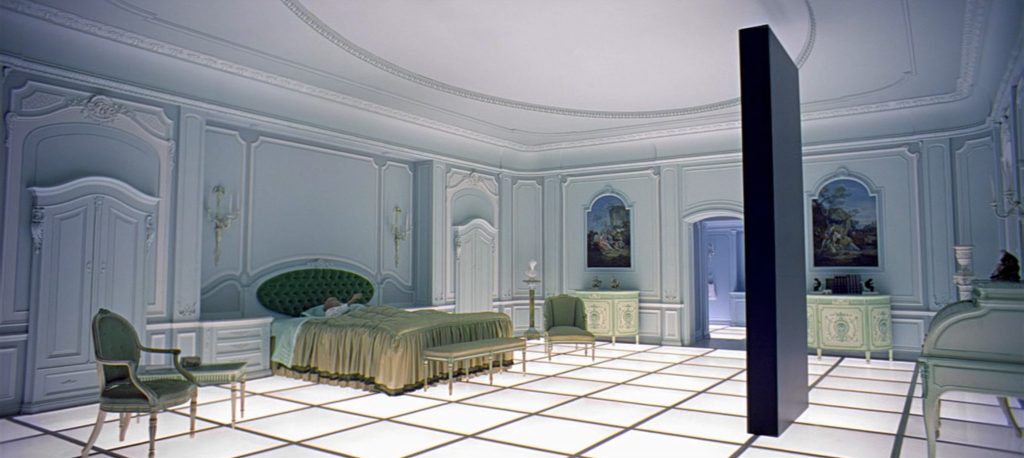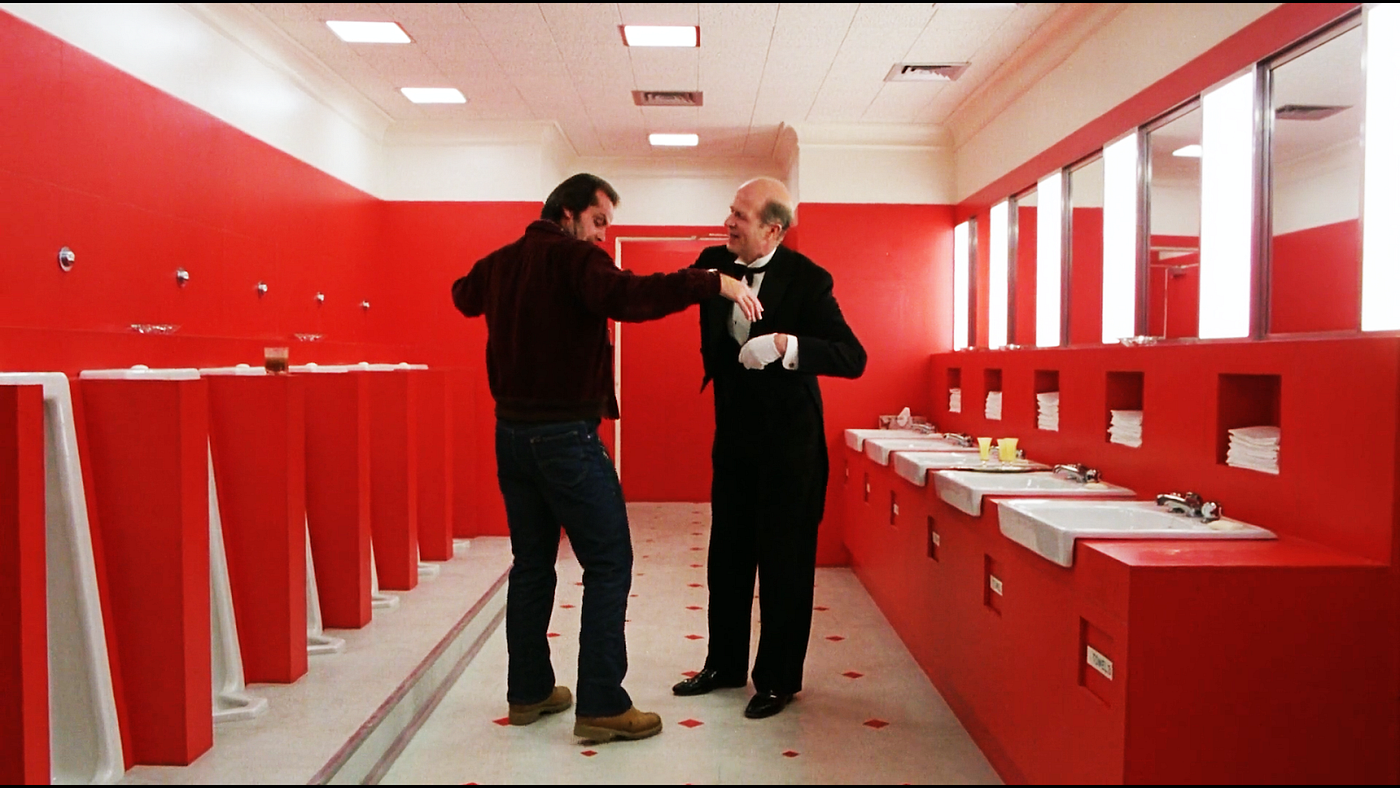Your basket is currently empty!
Stanley Kubrick’s Influence on Interior Design


ULTRA VIOLENCE.
Stanley Kubrick’s influence on interior design through his films is omnipresent in culture, art and cinema. His strategic, almost authoritarian approach to set design and cinematography has left a lasting imprint on architecture, contemporary design, furniture and home decor, making his films valuable blueprints in design aesthetics.
Kubrick’s cinematography is a masterclass in visual storytelling, using interiors to amplify the narrative, portray a hidden meaning or immerse ourselves into a totally new world. However, today lets find out his impact on interior design.
His collaboration with designers and architects, such as Hardy Amies & Ken Adam created environments that are not only visually powerful but also thematically palpable.
In “2001: A Space Odyssey,” Kubrick worked with a team of experts to design the futuristic interiors of the spacecraft, drawing from NASA’s cutting-edge technology to ensure authenticity. The rotating centrifuge set, a massive 38-foot diameter and 10-foot wide structure, was a marvel of both design and engineering, contributing to the film’s realistic depiction of space travel.



Furniture placement in Kubrick’s films is deliberate, often serving as a narrative device. In “The Shining,” the Overlook Hotel’s interiors are meticulously designed to disorient and unsettle.
The hotel’s labyrinthine layout, with its high ceilings, elaborate patterns, and vast, seemingly endless corridors, creates a sense of isolation and claustrophobia.
The placement of furniture within these spaces is not merely functional but also contributes to the film’s eerie atmosphere. For instance, the iconic scene where Danny encounters the ghostly twins in a stark, empty hallway uses minimalistic furniture placement to heighten the sense of dread and suspense
Kubrick’s approach to interior design often involved blending realism with fantasy, creating spaces that felt both familiar and otherworldly. In “A Clockwork Orange,” the Korova Milk Bar’s stark white-on-white decor and the unsettling sculptures create a futuristic yet disturbing environment. This space not only serves the narrative but also leaves a lasting visual impression, influencing designers to experiment with bold, avant-garde aesthetics in real-world interiors.
Architecture plays a significant role in Kubrick’s films, often serving as a character in its own right. The Brutalist architecture of the Thamesmead estate in “A Clockwork Orange” reflects the dystopian future of the film, while also grounding the story in a tangible, contemporary setting. Similarly, the meticulously recreated Vietnam city of Hué in “Full Metal Jacket,” filmed in London’s Beckton Gasworks, showcases Kubrick’s ability to transform real locations into convincing replicas of distant places.
